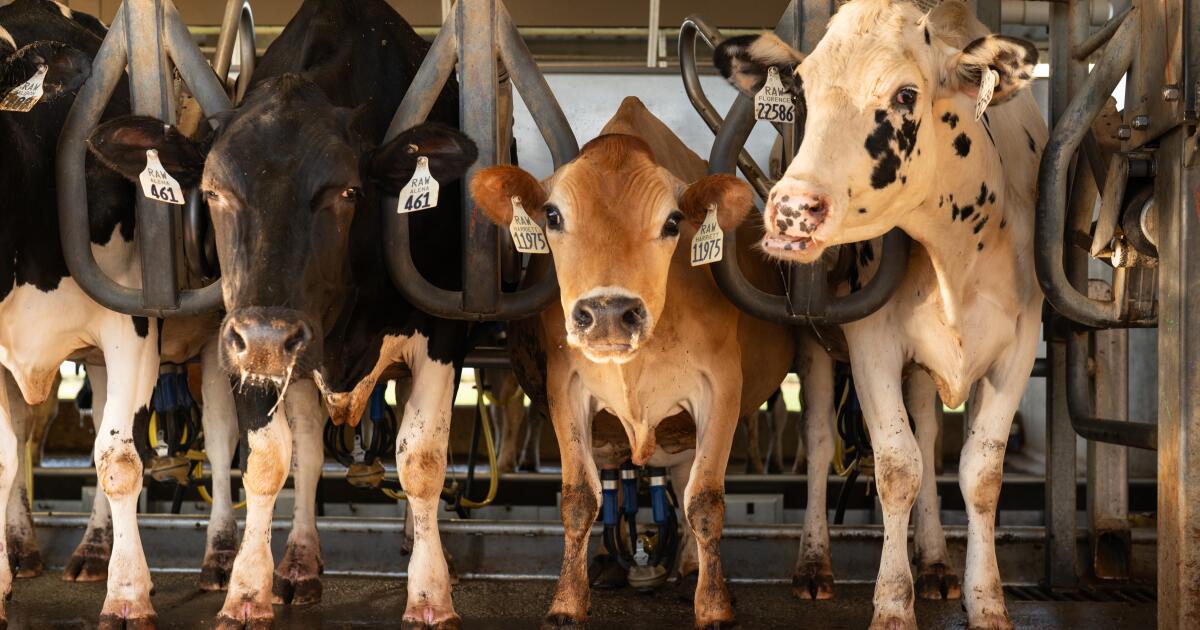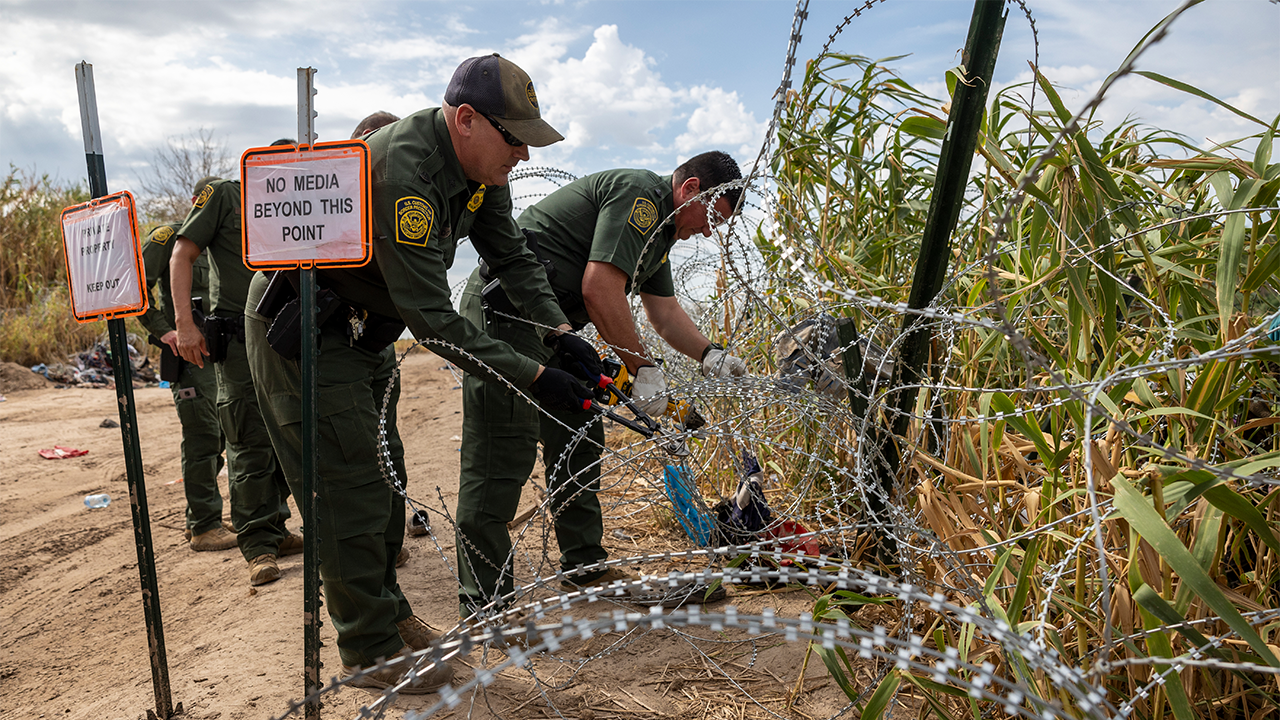Mississippi
Mississippi landowner thrives by partnering with GreenTrees to restore wetlands and combat flooding

Richard Hawthorne was managing a tractor dealership when he purchased his 210-acre property in Valley Park, Mississippi in 1995, a soggy sprawling flatland bristling with 4-inch-tall hardwood plantings courtesy of the USDA’s Wetlands Reserve Program (WRP). But the feds weren’t the only ones working to restore this delicate swampy habitat to its natural, flood-fighting state. GreenTrees was already contracted to help plant the native oaks that would transform this former farm into wetland forest for native wildlife. “They’ve been great to work with,” Hawthorne says. “I’ve been dealing with them since the beginning.”
It’s clear that Hawthorne’s relation with GreenTrees was mutually beneficial because 18 years after his original land purchase, he decided that another, adjacent property of 69 acres would be a fine addition to his growing estate. This lot was enrolled in a different conservation plan courtesy of the Conservation Reserve Program (CRP).
“WRP is a lifetime easement, and CRP renews every 15 years if you want it to,” Hawthorne explained. Governmental conservation easements such as this provide landowners with a steady source of income for replanting their properties with native vegetation that benefits wildlife, restores riparian and wetlands areas, and naturally reduces the risks of flooding, a constant worry in the region.
Flooding is a perennial threat in the low-lying Yazoo-Mississippi Delta, a unique ecological, cultural, and historic area that lies in northwest Mississippi and adjacent parts of Louisiana and Arkansas. With 7,000 square miles of alluvial floodplain, the Delta is home to a wide array of native wildlife including deer, waterfowl, alligators and, increasingly, reintroduced black bears. But crops such as rice, soybeans, corn, and cotton, planted across enormous acreages at the cost of the area’s soil-stabilizing forestland, impact local communities and economies as much as wildlife. Reforestation, the carefully planned introduction of native hardwoods, “really helps with flooding,” Hawthorne said. His CRP property was originally planted in soybeans, but today, the surging oak trees restored by GreenTrees provide an enduring investment in the landscape’s suitability for the deer, ducks and feral hogs Hawthorne, his family and friends love to hunt.
In fact, the forests prevent flooding so well that Hawthorne has no need of the hydrological infrastructure—dikes, levees, dams—that characterizes so much of the region’s treeless acreage. The only manmade changes he’s made are duck holes, simple bulldozed plots that the frequent rain keeps filled to maintain abundant populations of wood ducks, mallards, and teal.
“Oaks are the most important trees,” Hawthorne said, since their acorn production sustains a wide variety of animal species, while their deep-rooted, slow-growing physiology keeps the surrounding soils firmly in place during flooding. In the Delta, the most commonly planted oaks are native reds, pins, and Nuttall’s, and the dense structure of the cellular makeup of these trees that make them ideal for carbon capture.
Getting paid for letting trees grow is an odd idea in this deeply rural, conservative region, but Hawthorne said that “CRP helped pave the way for GreenTrees, helped me understand what was being offered. I didn’t mind taking the money at all.” Hawthorne noted that GreenTrees visits his property twice a year to measure the rates of reforestation. “They’re really easy to work with,” Hawthorne said, and while growing mature trees is the future for most of his property, he will be allowed to do some selective logging in about 10 years.
Steve Burgess, a professional forester with a degree from Mississippi State, works with GreenTrees in the sociopolitical environment he knows and loves. In highly rural, conservative areas like the Delta, folks are generally leery about programs (especially those associated with government agencies) that promise benefits from simply letting nature alone, but that’s exactly what Burgess’s work entails: speaking the local language in such a way to demystify this new and somewhat incredible opportunity for local landowners.
With clients like Hawthorne, GreenTrees begins with what Burgess calls “trainer trees.”
“These are generally pioneer species such as elm, ash, and sweetgum, which stabilize the soil and provide shade for the smaller oaks to struggle to rise above,” Burgess explained. “This points the oaks towards the sun and causes faster upward growth, and thereby allows higher rates of hardwood carbon capture from an earlier age.”
More trees per acre means more CO2 contained on the property. A mature stand of hardwood at 20-inch circumference can hold 200 tons of carbon. A longer rotation between planting and clearcutting yields better results, Burgess said. He added that GreenTrees only deals with planted stands, not natural ones, which allows for the careful monitoring of trainer trees and their hardwood successors.
Hawthorne said regular payments from GreenTrees have risen sharply in recent years as the program becomes more popular and regulators move to address climate change.
“I would recommend GreenTrees,” he said. “They are doing everything they said they’d do. We didn’t have any trouble, and I hope they keep going. This looks like the wave of the future.”

Mississippi
Thanksgiving on Mississippi Public Broadcasting Think Radio, set to air on Thursday, November 28th

MISSISSIPPI (KTVE/KARD) — For Thanksgiving, on Thursday, November 28, 2024, the Mississippi Public Broadcasting Radio will air a special programming.
Photo courtesy of Mississippi Public Broadcasting
According to officials, “Turkey Confidential” and “Feasting with the Great American Songbook: An Afterglow Thanksgiving Special” will run from 9 a.m. to 1 p.m. Francis Lam will be taking calls and help those in need of Thanksgiving cooking tips for the biggest cooking day of the year.
According to officals, “Feasting with the Great American Songbook: An Afterglow Thanksgiving Special” will explore classic jazz and popular songs about food by singers like Louis Armstrong, Louis Jordan, and Fats Waller, perfect for listening while sitting at the table.
Mississippi
Southeast Mississippi Christmas Parades 2024 | WKRG.com

MISSISSIPPI (WKRG) — It’s beginning to look a lot like Christmas on the Gulf Coast and that means Santa Claus will be heading to town for multiple parades around the area.
WKRG has compiled a list of Christmas parades coming to Southeast Mississippi.
Christmas on the Water — Biloxi
- Dec. 7
- 6 p.m.
- Begins at Biloxi Lighthouse and will go past the Golden Nugget
Lucedale Christmas Parade
Mississippi
‘A Magical Mississippi Christmas’ lights up the Mississippi Aquarium

GULFPORT, Miss. (WLOX) – The Mississippi Aquarium in Gulfport is spreading holiday cheer with a new event, ‘’A Magical Mississippi Christmas.’
The aquarium held a preview Tuesday night.
‘A Magical Mississippi Christmas’ includes a special dolphin presentation, diving elves, and photos with Santa.
The event also includes “A Penguin’s Christmas Wish,” which is a projection map show that follows a penguin through Christmas adventures across Mississippi.
“It’s a really fun event and it’s the first time we really opened up the aquarium at night for the general public, so it’s a chance to come in and see what it’s like in the evening because it’s really spectacular and really beautiful,” said Kurt Allen, Mississippi Aquarium President and CEO.
‘A Magical Mississippi Christmas’ runs from November 29 to December 31.
It will not be open on December 11th, December 24th, and December 25th.
Tickets can be purchased online or at the gate.
The event is made possible by the city of Gulfport and Coca-Cola Bottling Company.
See a spelling or grammar error in this story? Report it to our team HERE.
Copyright 2024 WLOX. All rights reserved.
-

 Science1 week ago
Science1 week agoTrump nominates Dr. Oz to head Medicare and Medicaid and help take on 'illness industrial complex'
-
/cdn.vox-cdn.com/uploads/chorus_asset/file/25739950/247386_Elon_Musk_Open_AI_CVirginia.jpg)
/cdn.vox-cdn.com/uploads/chorus_asset/file/25739950/247386_Elon_Musk_Open_AI_CVirginia.jpg) Technology1 week ago
Technology1 week agoInside Elon Musk’s messy breakup with OpenAI
-

 Health5 days ago
Health5 days agoHoliday gatherings can lead to stress eating: Try these 5 tips to control it
-

 News1 week ago
News1 week agoThey disagree about a lot, but these singers figure out how to stay in harmony
-

 Health2 days ago
Health2 days agoCheekyMD Offers Needle-Free GLP-1s | Woman's World
-

 Science2 days ago
Science2 days agoDespite warnings from bird flu experts, it's business as usual in California dairy country
-

 Politics1 week ago
Politics1 week agoSize of slim Republican House majority hangs on 5 uncalled races
-

 World1 week ago
World1 week agoBangladesh ex-ministers face ‘massacre’ charges, Hasina probe deadline set
















